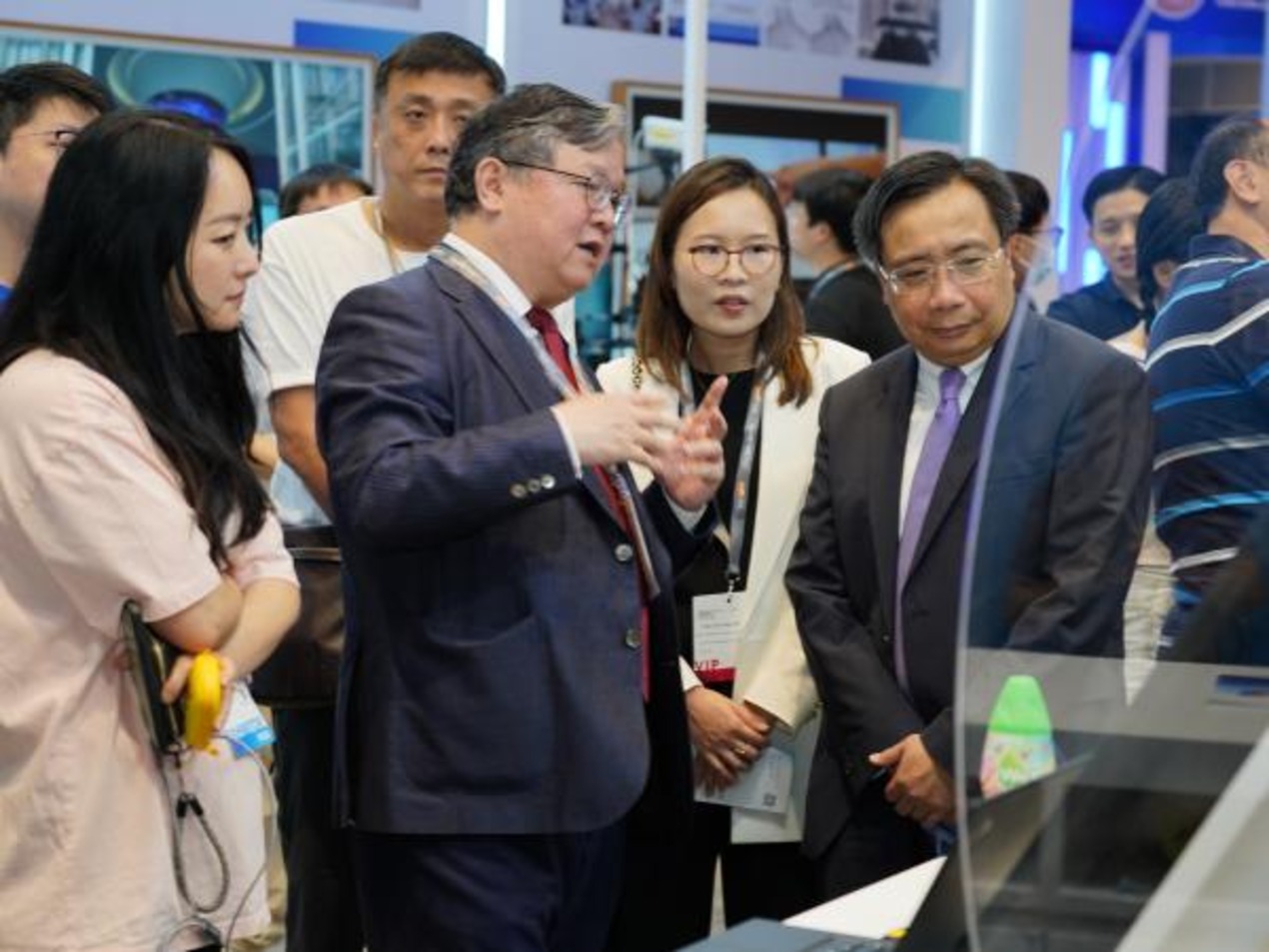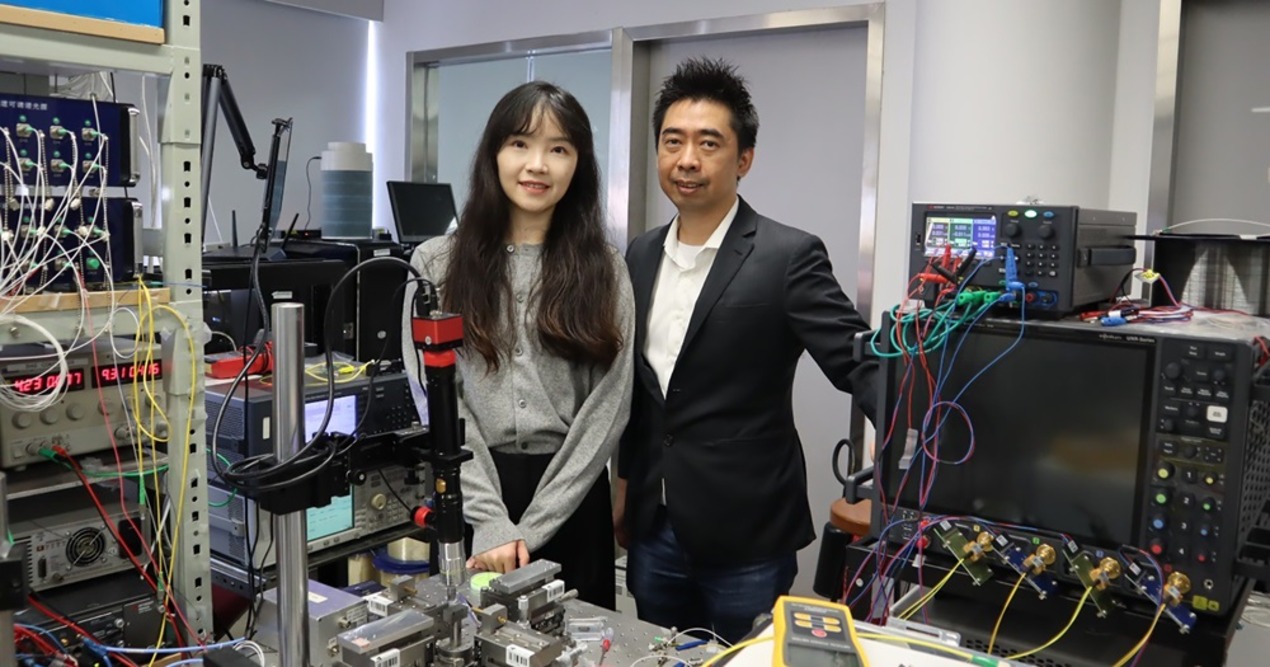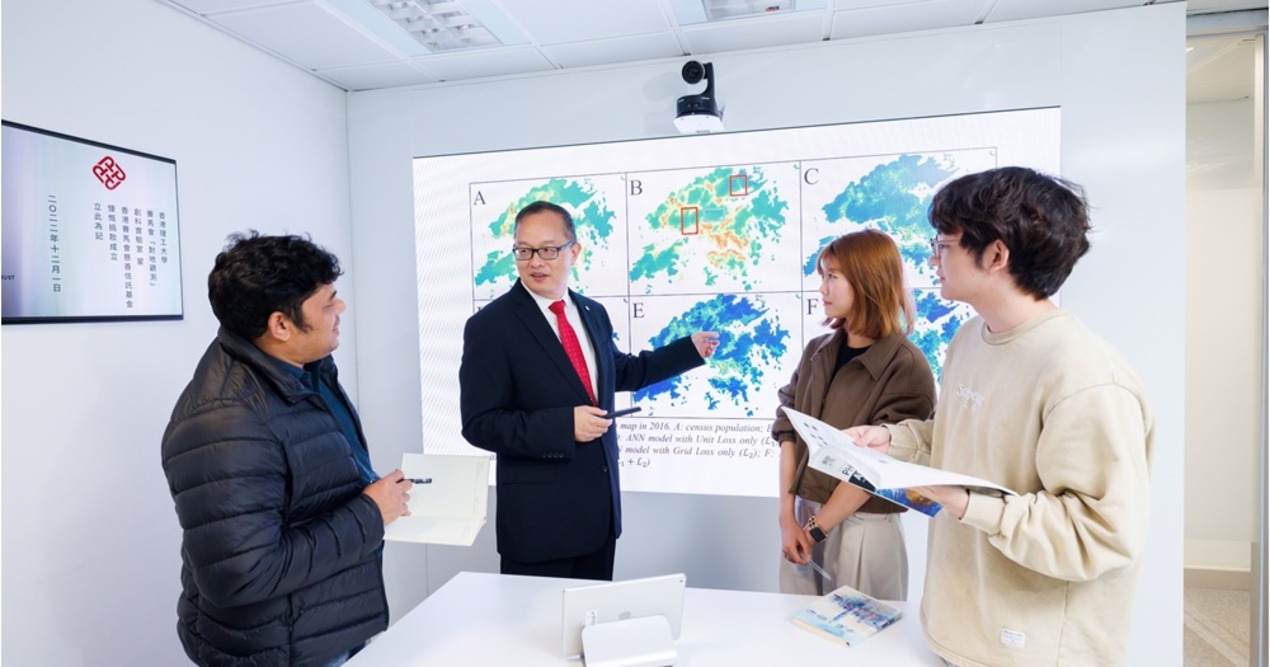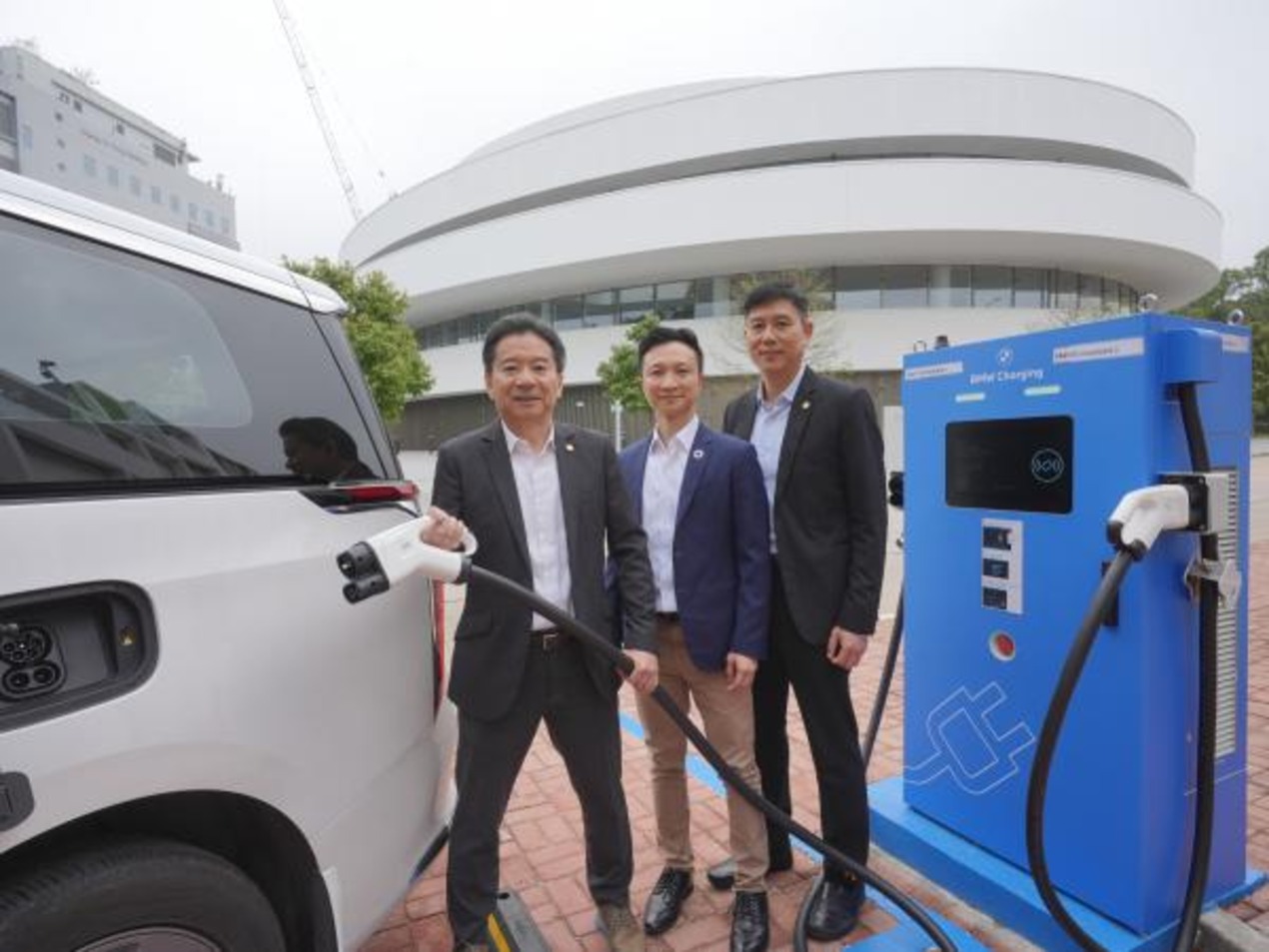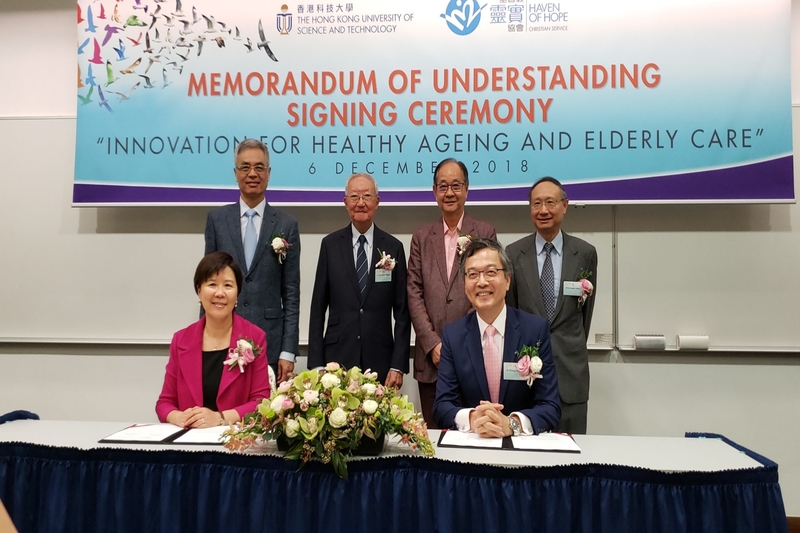
According to a recent press release, The Hong Kong University of Science and Technology (HKUST) has announced that it will be joining forces with Haven of Hope Christian Service (HOHCS) to gain further understanding and to develop solutions that could improve the quality of life for the elderly and their caregivers.
The two parties signed a Memorandum of Understanding (MoU) recently in an effort to forge a partnership.
Combining HKUST’s research competence and HOHCS’ expertise and experience in healthcare and elderly services, the collaboration seeks to address the challenges brought by Hong Kong’s ageing population and promote the city’s innovation and technological development, through the application of gerontechnology. The collaboration also serves to address some major challenges of the local gerontechnology sector, such as lack of collaboration among academia, government and non-government organizations, as well as a lack of test beds for gerontechnology products.
Under the partnership, HKUST will aim to develop tailor-made solutions or products to meet the needs of HOHCS’ service users, while HOHCS will offer a testing platform.
Seven projects are now under discussion: a study on the genetic risk factors for Alzheimer’s disease in the Chinese population for future development of diagnostics and therapeutics; a real-time 3D facial landmark recognition technology for early detection of mental and physical diseases; a virtual therapist that not only keeps the elderly company but also enables examination and monitoring of their emotional and stress levels; a study to quantify the therapeutic effects of garden spaces on the elderly; tap water disinfection by micro-PEF (pulsed-electric field) for prevention of water and droplet-borne diseases; a system that helps optimize HOHCS’ operations such as meal delivery services; and auto-guided wheelchairs and vehicles for logistic transportation.
The MoU was signed by the Vice-President for Research and Development of HKUST, and the Chief Executive Officer of HOHCS, with witnesses.
The witness included the HKUST President, the Honorary Court Member of HKUST and Honorary Chairman of Board of Directors of HOHCS; the Director of Health, Safety and Environment of HKUST and Chairman of Board of Directors of HOHCS and the Chairman of Sai Kung District Council who helped facilitate this collaboration.
Other HKUST faculty members, HOHCS management staff and community representatives also attended the signing ceremony held on the HKUST campus recently.
Addressing the audience, the Chief Executive Officer of HOHCS noted that he was delighted to see the confirmation of a formal establishment of the partnership. He noted that HOHCS and HKUST share the common goal of improving elderly’s living quality by applying gerontechnology in health, social services and the community.
It was also noted that it is hoped that gerontechnology testing platforms will be set up to serve as a role model to facilitate further cooperation amongst different stakeholders as a result of this collaboration.
The Vice-President for Research and Development of HKUST stated that the university is excited to collaborate with one of Hong Kong’s most experienced and pioneering elderly care organizations.
She noted that by combining the university’s scientific knowledge and expertise with HOHCS’ extensive caregiving experience, it is hoped that a major impact will be created on the health and well-being of the elderly and the wider community in Hong Kong.



